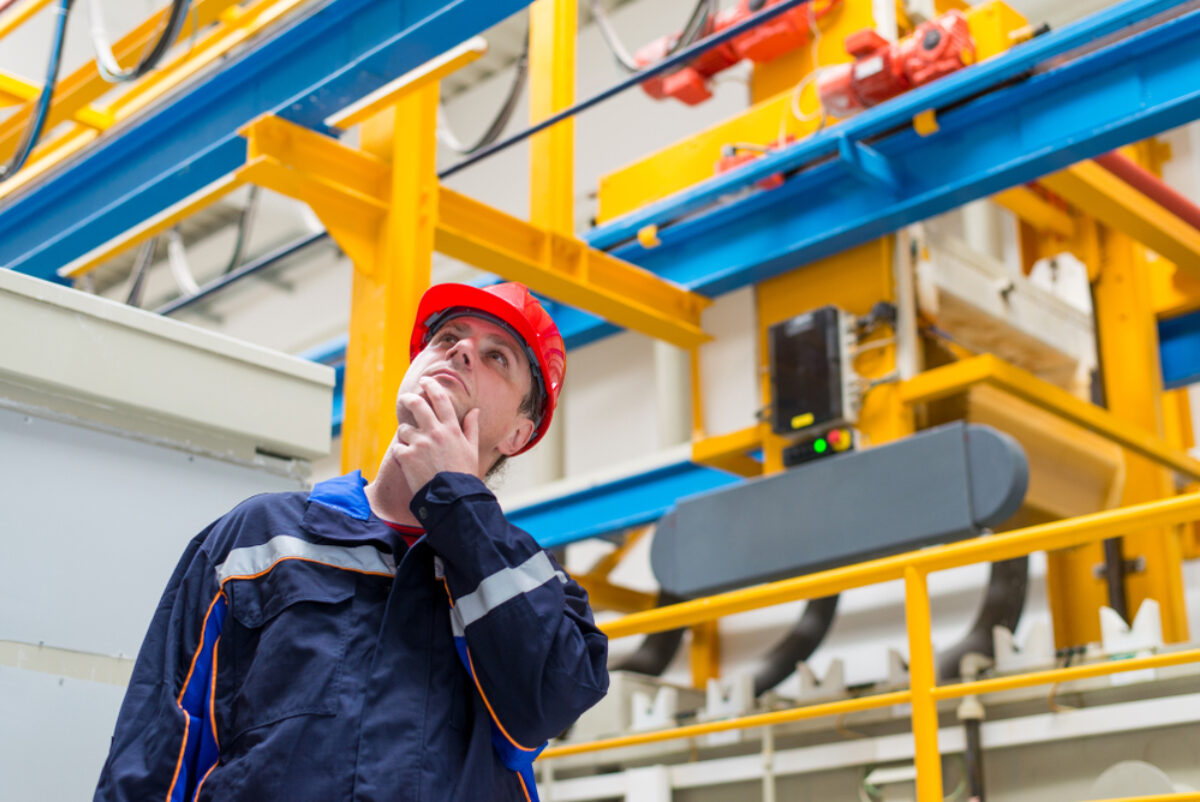How to Choose Your Scaffold Type
15 March 2023
Introduction
The use of scaffolding is a very common construction technique that has been used in countless forms since ancient times. Scaffold can be described as a temporary platform that supports workers building or maintaining a structure. There are many aspects to Scaffolding, but the primary benefits it should provide are Safe Access to the work face, and improved productivity.
Scaffolding has evolved through the ages and is now made predominantly from either coated Steel or Aluminium. As a general “rule of thumb”, Steel Scaffolding is designed mainly for heavier and taller Static work of all kinds due to its superior strength, whereas Aluminium Scaffold is predominantly for Mobile applications because it is lightweight yet has a surprising strength to weight ratio, giving it the properties needed to both be moved around easily and to hold a rigid structure.
Looking at Scaffolding as a whole, there is a massive range of types, of sizes and configurations. However, it shouldn’t be a daunting task to narrow down to the choice that suits your needs best. The following basic guide may help.
Firstly, check the maximum height you need to reach. If it’s over 15 meters, it’s possible that a Steel system may be best.
Next, decide whether you need Light Duty (maximum 225kg per Deck) Medium Duty (450kg per Deck) or even heavier. If you require more than 450kg per Deck, again, you really need to look at the range of Steel Scaffold systems you have to choose from. However, if the height requirement is lower than 15m, and your loading is 450kg or less per Deck, and you need to move it around (even just a small amount) then Aluminium Scaffold is your answer.
For a Steel system, we recommend you Google Steel Scaffold suppliers and choose from the many options available. If you are looking for an Aluminium scaffold system, your next priority would be to look for the quality you require. If it’s a one-off job and you won’t be needing the scaffold much in the future, then a lower end product from a Big Box store may be all you need, and all you can justify. But if this equipment is something you will utilize a bit in the future, and that you earn your living from, it pays to look a bit further into the offerings available to ensure your ongoing safety, efficiency and business reliability is backed up by a product that will be both easy to use and lasts the distance.
When you are checking for quality, there are a lot of aspects to consider such as
- Material thickness (2mm minimum thickness is recommended for all components)
- Material Strength (make sure it’s a hard alloy with a T6 temper)
- Build Quality (check things like Casting Quality, Weld Quality, Fitting Quality, Castor quality etc.)
Next to look at would be design. Firstly, does it comply with the regulations. Most will say their Scaffolds do, but a quick look through the NZ Standard AS/NZS 1576 may show up some crucial areas that could be a bit on the grey side. Also, you need to make sure the Brand has the sizing you want. Some suppliers pedal a “one size fits all” but that may not necessarily suit your best interests. Look for a system that has a lot of different sizes available so you can add more versatility to the system as you purchase more in the future. Also, the design needs to make it easy to assemble with clear and comprehensive instructions removing all guesswork.
Another important metric is to look at the longevity of the system under heavy use. Check if it’s used by Hire Centers, or professional Scaffolders. Ask them for their advice on what system lasts well. A good system should handle the tough construction environment for at least 15 years. Another way to check this is to look at the warranty offered by the supplier. Really good systems offer a lifetime warranty, and that brings excellent peace of mind that you are getting great value from a Scaffold system.
Yet another consideration is the backup offered for the system. Is the supplier dependent on importing the goods? If so, there may not be stocks available when you urgently need them. On this point, its good to check how long the system has been around. A long history supporting a product is surely a very good sign that you are likely to get great service from a given Scaffold supplier.
The above is a very abbreviated list of what really should be considered before investing in a Scaffold system. It’s a very important decision as it involves the safety of all who will be using this gear into the future, so it’s not a decision that should be made lightly. There is a lot to consider, and it could tend to be a bit mind boggling, but thankfully help is available! The Team at Equiptec MultiScaff have had a lot of experience in this area and are very happy to help. They realize that not all enquiries will suit MultiScaff and are quite prepared to say so for the benefit of all involved.
At Equiptec, the MultiScaff Team are not just trying to make a quick buck, but are rather always seeking to form long term, solid Business Relationships, no matter whether the client buys our product, or someone else’s. So, whatever your situation, if you are looking to invest in a Scaffold system, contact the MultiScaff Team today. They know it is a long-term investment, and if you make the right choice, you will have many years of safe and profitable utilisation. But if you get it wrong, it could mean years of worry and frustration.
Let’s get it right together!
